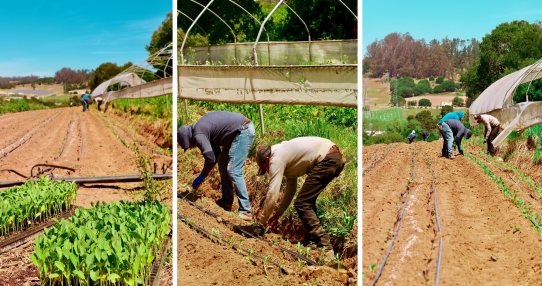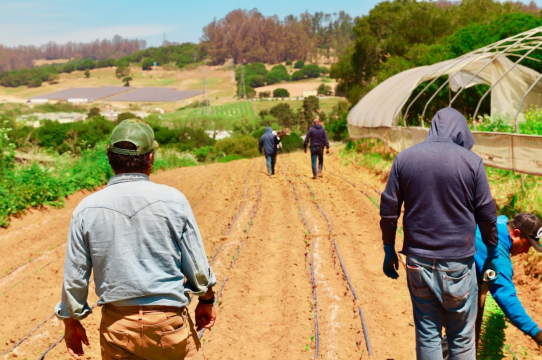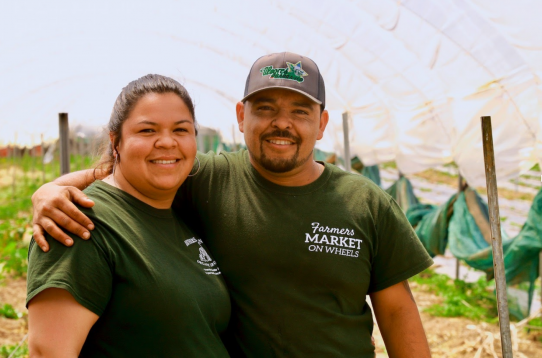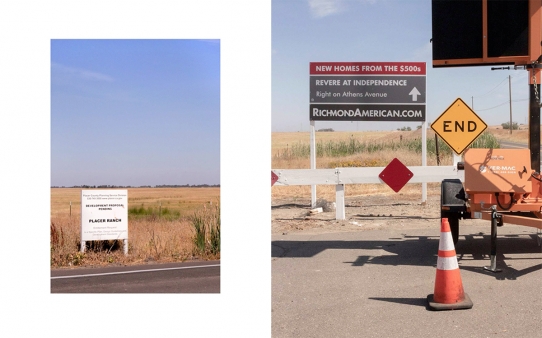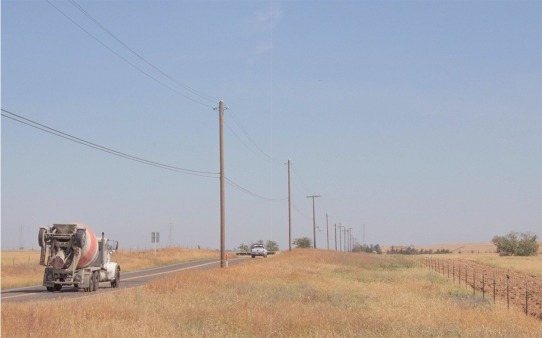ART 158 Advanced Photography Virtual Open Studios Spring 2021
Instructor - Karolina Karlic
Diego Yañez
I am taking photos as much as I can.
Image 1 Description:
It’s my house right now.
Image 2 Description:
Imagine these on a wall these beautiful cones.
Image 3 Description:
Black and white composition for a wall.
Image 4 Description:
The car hood.
A full digital version of this project, “Stripz” will be available soon. Look out for it on Google.
Reya Borbridge
Farms, Farmers, and the Field is a photography project I created to centralize the people who bring food, flowers, and other goods from the field to the markets and into our homes. I have been shooting photographs for several months now for this series and have a strong selection of 15 images to convey an entire body of work. They will be exhibited digitally on a website, where I will have portraits and field photos featured. Along with this, I have interviews with the farmers themselves that make up a biography about them. I asked these farmers questions to allow my audience to feel more connected to their portraits. Some of these questions include, what they do for fun outside of work, what their favorite foods to eat are, and if they have a favorite genre/artist of music to listen to. I felt that having these images along with a short biography allows a more personable relationship between the farm and the farmers on the field.
I started this project journey by driving up highway 1 in search of farms to explore, photograph, and research. I was discouraged at first, disappointed that I wasn’t getting the images and meaningful conversations I expected to get. The following weekend I realized I needed to assert myself in this project more, and so I began to call different farms in Watsonville. All but 1 of the 10 I wrote down answered my call. I went to Gzvich farm 2-3 times to take field photographs and portraits of the woman in the kitchen baking pies from the berries on the farm. From here I began to become more comfortable with the topic and started questioning the ways I wanted to go about it in a respectful and honoring way. I then made a phone call to the farm across the street from Gzvich farm. This farm was called Sunrise Nursery. They are known for the flowers they grow and sell in the farmer's markets. I still am collaborating with this farm today to create this project and form a developed association with the farmers themselves and owners. I have learned so much, and have taken long drives with the owners to learn about the culture and history of Watsonville. This experience itself has been an amazing educational journey, as well as an incredible resource for my photographs to convey. This type of in-person, archival research has been wonderful for me to learn outside of articles and online resources, something that is hard to get.
I feel very connected to this project because it reflects farms, labor, climate change, and shows that farmers are just regular people that do so much for such little pay. I have done several internships on the farm at UCSC and still today with my job get to work with the farm by using the fresh produce in my cooking classes. Now that covid has come into effect my job has shifted. It’s still centralized around food sovereignty and food justice, but now we have created meal kits for students and more offerings at the free slug support pantry on campus. I help prepare the cooked food components for these kits to distribute to students on campus. I also work with creating recipes, and cooking videos to share on social media such as Youtube, Instagram, and TikTok. These videos and recipes highlight seasonal food and what is being distributed at the pantries for that week. It’s important to showcase how to cook healthy meals on a small budget. Because of this close association to the farm and sustainability, I care a lot about my project's subject matter and the way I go about photographing it.
My research for this project is constantly evolving. I have fortunately made a very strong relationship with the owners of the farm and I am extremely grateful for it. They have been so helpful when it comes to my research and education on this topic. The first time I visited the farm, the owner's wife Jennifer, and I went on a drive. It felt as if I was receiving a one on one personal tour on the history of Watsonville. Jennifer and I did this 3 times in a month, where she kept introducing me to new historical landmarks, centers, and the most established farms that distribute to a variety of vendors. While she gave me info tours I would write down as much information as I could and then later that week due to more extensive research on my own time.
Ethics and appropriate working methods in my project are something I take very seriously. When I got started on this project I understood that there were a lot of things I needed to do to go about the project appropriately, and in a way that is considerate when it comes to photographing farmers and interviewing them. I have made it a priority to make a connection with these individuals and the owners of the Sunrise Nursery Farm. For the interviews, I printed out previous photographs I took of the farmers, made them homemade vegan banana muffins, and made the effort to make this a collaborative project. I am planning to have this be a year-long series where I have the project live on a website. On the website, I am including a gallery portfolio section of the field, and farmers, portraits with biographies, and a blog post section. I will continuously create writings that are centralized around my project, and research that I have done for the blog. I am hoping my audience will be very broad, and allow people from all walks of life to engage and feel enlightened from it.
In the critique for my final project, I got a lot of feedback. Much of it was positive, where students responded very well to the way I executed the subject matter. Some more critical feedback I received was the way I talk about the difference between “farmer” and “farm-worker”. This differentiation is extremely important since the choice of wording can really impact the way I reflect on the work I am doing. I felt that this was something I knew I was struggling with already since Jennifer actually reviewed my abstract and mentioned this. She actually had a good conversation with me on what the difference is and how to talk about it correctly and distinctly understand the difference between the two. She sent me a piece that she wrote on this topic and distinguished “farmers” as the land and business owners and the farmworkers as the individuals doing the hard physical work. However, the issue is people cannot see that farmworkers can also be the sellers at the markets, not just the ones on the farm. Today only 1% of America calls themselves farmers, yet protections for these livelihoods are some of the strongest in the nation. Farmworkers, on the other hand, receive little protection from the law. Although in this statement I stated these “Farmworkers'' as “Farmers” I felt that It was more appropriate, especially since this farm that I am working with is a small business whose goal is to treat their employees fairly, pay them respectfully and do the best they can in supporting farmworker justice. Overall the concept of my project is to shine a light on these individuals, the environment of the farm and field itself, and provide my audience with an artist perspective on agriculture and the individuals themselves who work in the fields.
Reya Borbridge
“Brothers Ranch Field and Farmers”
Digital photograph
Part of a year long project labeled Farms, Farmers, and the Field
Reya Borbridge
“Jesus and the Field”
Digital photograph
Part of a year long project labeled Farms, Farmers, and the Field
Reya Borbridge
“Jesus”
Digital photograph
Part of a year long project labeled Farms, Farmers, and the Field
Reya Borbridge
“Judy and Jorge”
Digital photograph
Part of a year long project labeled Farms, Farmers, and the Field
Website URL: https://reyasimone.wixsite.com/website
Shelby Johnson
the place i know best
the sky here is a sort of blue-gray-purple
and it’s relentless
and the dust in the air prickles the skin
as little particles blow onto your face
and there’s a warmth that
sometimes feels more like a chill
and the heat gives me goosebumps
even when it’s gone away
and it’s the place i know better than
anywhere else.
Image 1 Description:
Untitled book spread, Digital photograph layout on a white background.
These two photographs were taken at midday the Johnson Pool in Roseville, CA, which is the town where I grew up. The photograph on the left is of a bright blue slide leading into a still, aqua swimming pool surrounded by concrete and tall green trees in the background. The photograph on the right is taken in front of the gray brick wall around the pool. A crisp diagonal shadow falls over a patch of red, yellow, and white roses. In front of the roses is a small strip of manicured grass and two small striped shadows line up perpendicular to a concrete curb.
Image 2 Description:
Untitled book spread, Digital photograph layout on a white background.
This page in the book features a close up portrait of my grandmother and younger cousin’s legs and bare feet as they relax on artificial grass in a backyard on Mother’s Day. The photograph was taken in the warm, sunny afternoon and the light hits the tops of their feet.
Image 3 Description:
Untitled book spread, Digital photograph layout on a white background.
This book spread shows two photographs made at the end of town, on the line of where the suburbs meet the country. The left photograph pictures a white wooden sign announcing a new pending housing development and the right photograph shows construction equipment, an advertisement for another housing development and a diamond shaped sign labeled “END.”
Image 4 Description:
Untitled book spread, Digital photograph layout on a white background.
This landscape photograph captures a long road leading into an open field. A cement mixing truck and a white pickup can be seen driving off into the distance. The sky is bright, but a little bit gray and the grassy meadow is partially in bloom and partially burnt.
A full digital version of the ebook is available at https://www.shelbyjohnson.me/work/roseville





